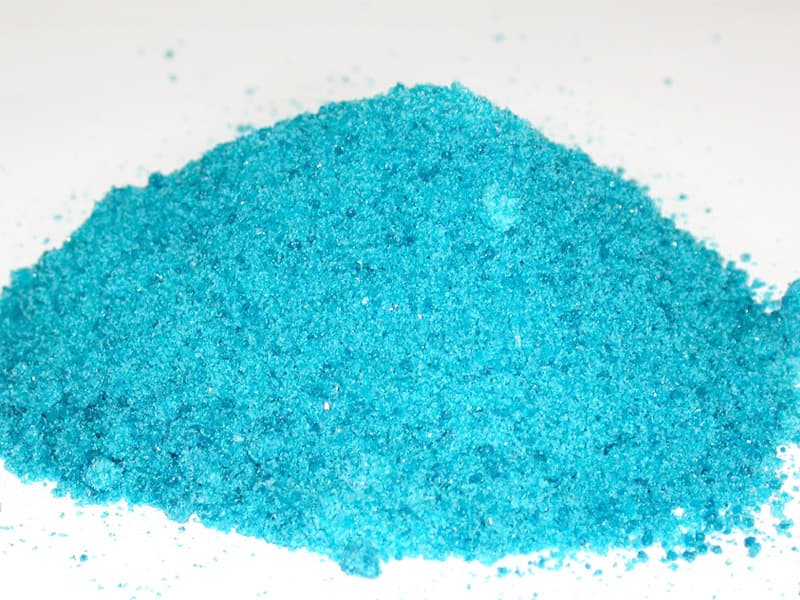Welcome To ChemAnalyst

Farmers in Asia have long complained that rising fuel and labour costs have made Water-Soluble Fertilizers too expensive. In the present economic climate, farmers have begun to use various strategies to save costs. Farming equipment, gasoline, and tools have all grown in price. "A 25-kilogramme bag of water-soluble fertilizer cost around USD32 during the last Kharif season," one respondent said, "and expenses are expected to grow by a factor of two or three this year." WSF (Water soluble fertilizers) prices have risen due to growing global fuel costs and environmental concerns.
The expenses of production were already too high. The epidemic disrupted supply lines, making it more difficult and expensive to get critical equipment and materials for agricultural production. Then Russia's invasion of Ukraine escalated the situation, sending fertilizers and fuel prices skyrocketing. Inflation is so high that farmers struggle to make ends meet, even with increased fertilizer prices. To alleviate the pressure over time, prices in the domestic market have risen. The recent, dizzying rise in crude oil prices, on the other hand, has a pincer-like effect. In decades, diesel futures in Europe and the United States have risen to their highest levels as oil prices have surpassed $100 per barrel. Consequently, transportation is difficult, which causes crippled supplies in the region.
Water-soluble Fertilizers prices, which are used to produce almost all crops, have also climbed considerably in the last year. The surge was fuelled by a shortage of natural gas, higher freight charges, tariffs, harsh weather, and sanctions against an important supplier, Belarus. And now, Russia, the world's largest urea exporter and the world's second-largest Potash exporter is attempting to halt fertilizer exports, causing a global shortage.
As per ChemAnalyst, "Water-soluble fertilizer prices, such as UREA, Potash, and Phosphate, will continue to rise shortly. Because of the considerations mentioned above, the current scenario is likely to persist. However, in the latter half of Q2, we may see a downward trend."
We use cookies to deliver the best possible experience on our website. To learn more, visit our Privacy Policy. By continuing to use this site or by closing this box, you consent to our use of cookies. More info.
